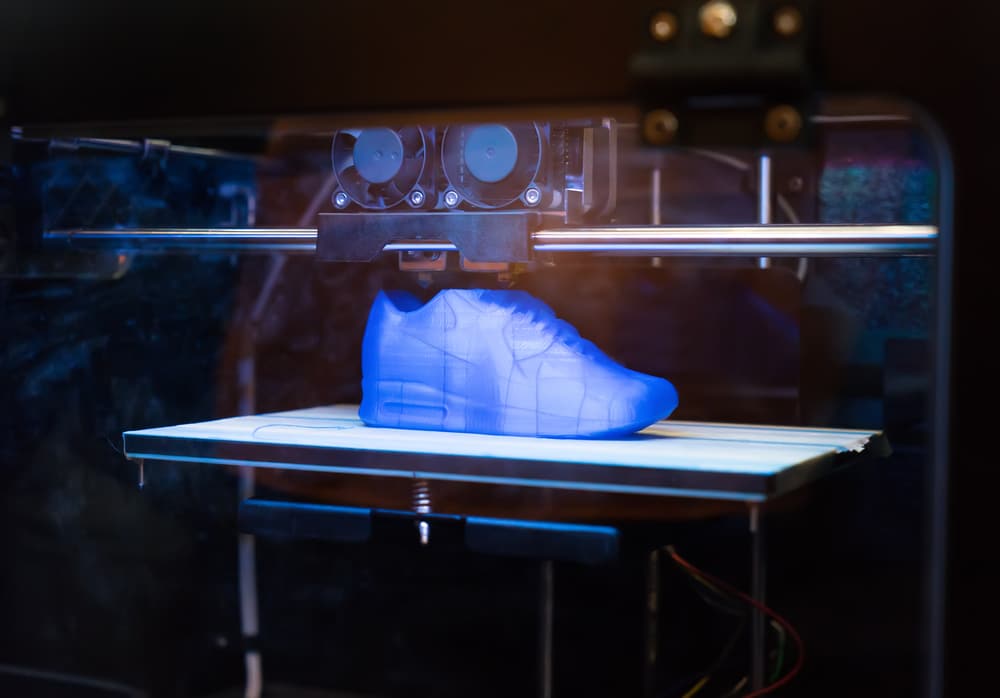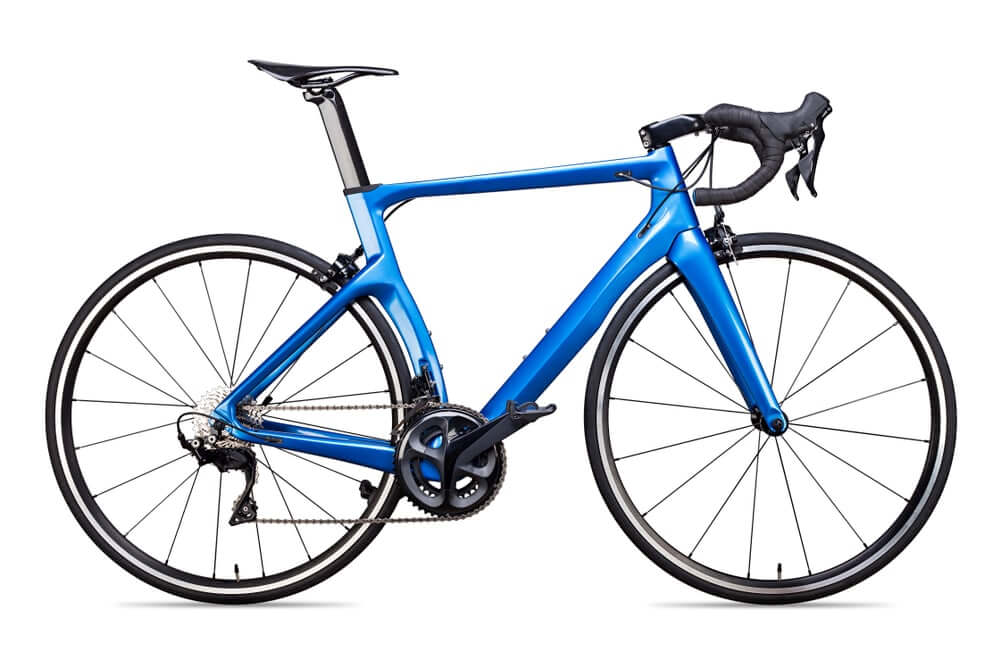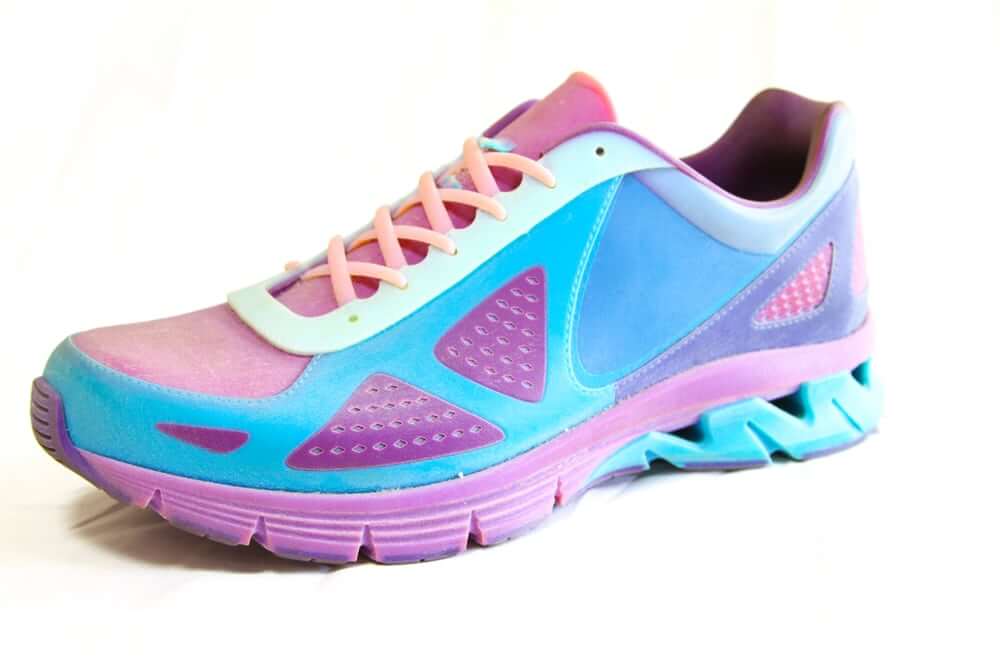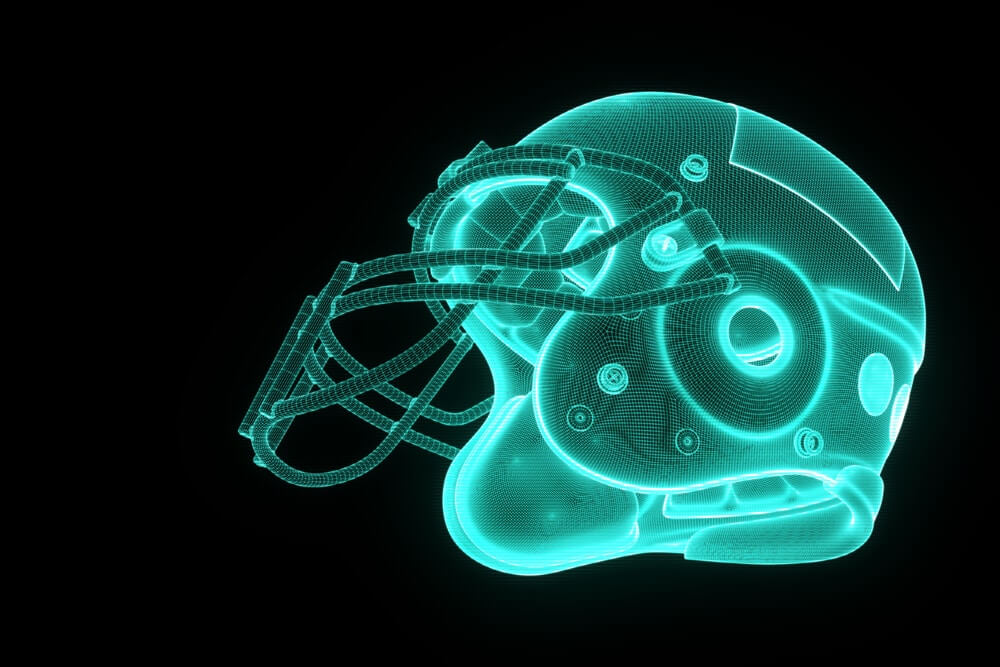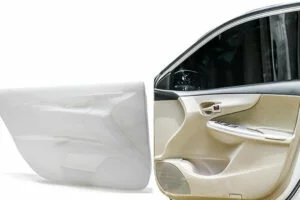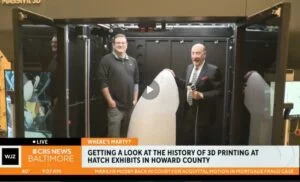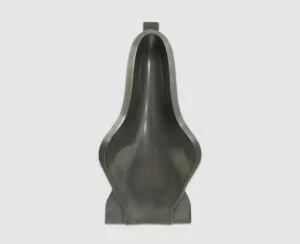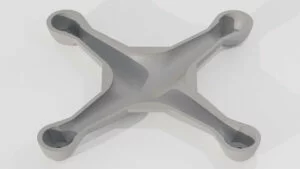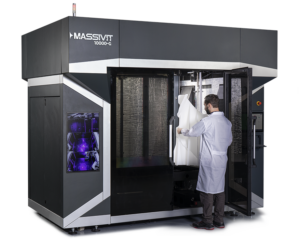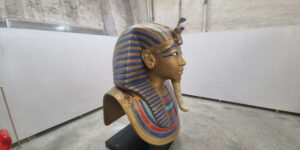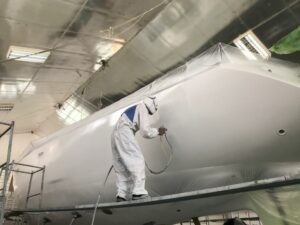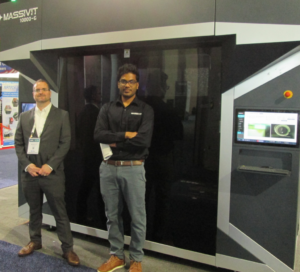Let’s look at a few ways that 3D printing is making an impact in sports, from customizable helmets that can offer significant protection to equipment used in the Olympics.
Lighter Equipment
In racing sports, lighter equipment that allows for optimal aerodynamic flow can lead to record breaking changes. For example, a few years ago the UK’s Sheffield University and its partners used 3D prototyping and printing to help Sir Bradley Wiggins beat the UCI Hour record, which is a measurement of how far a cyclist can ride in an hour.
A more recent example comes from Superstrata, a California-based bicycle manufacturing company, which has launched and is selling a 3D printed bike whose frame weighs only 1.7kg (under 4lbs!). Despite the bike’s weight, the frame is supposedly 61 times stronger than steel and 15 times stronger than titanium. The composite materials used to make the bike mean that the frame can be much lighter in addition to fewer errors during production.
In a demo, a Superstrata representative demonstrated how light the bike was by lifting it with two fingers. Everyone who has struggled with carrying their bike up the stairs after riding can agree that a lightweight bike is a very attractive option, although one of these will cost you at least $2,700. The bikes are also fully customizable, with up to half a million configurations possible, according to Superstrata.
Customization
The complete ability to customize sports equipment will likely be one of 3D printing’s biggest impacts in the sports industry, from making new equipment more comfortable to helping recovering athletes join competition safely, and even customizing equipment for use in the paralympics.
Have you ever had to throw out your old running shoes and felt bummed that you needed to break in a new pair? While professional athletes are typically getting the highest quality out there, their gear also requires wear before it’s comfortable, and think about how much equipment they go through as they train and compete at a higher frequency than the average person! For the rest of us, New Balance, Nike and Adidas have already released customizable 3D printed soles for running shoes, so you can have the new sneaker bounciness with the comfort of the sole adjusted to your particular morphology.
For paralympic athletes, customization is crucial. In this area, 3D printing has been making an impact for over a decade! The 2012 Paralympic games featured 3D-printed wheelchair seats for basketball players. These seats were customized for each athlete, crafted for their specific body and its needs. The groundbreaking wheelchair seats helped the UK team secure a 4th place finish that year.
Safety
With customizable wearables, one obvious development are fully customizable helmets, which can significantly increase safety for the wearer. This is crucial in high contact sports like American football, hockey, and other sports where traumatic brain injuries are common and need to be mitigated. KAV, a California-based company, makes helmets for hockey players. It is crucial that the helmets not only be high quality, but also as protective as possible for the wearer.
Using software and 3D printing as well as models from each player, product designers can predict weaker spots where added material can be placed in order to absorb shock. This also reduces waste during production in addition to increasing safety. One company, HEXR, found that their PA 11 helmets were 26% safer than traditional foam helmets.
One London-based company, Cavendish Imaging, is producing masks for athletes that have suffered facial injuries and aren’t fully recovered. The athlete’s face is scanned and a model is made. Then a fully customized mask is made on top of this mode. It is extremely helpful for athletes with broken noses or cheekbones who are otherwise ready to train and play with their team but need a bit of extra support while preventing further injury. Using these masks helps players get back on the field without compromising safety, and this mask was even used by Sergio Ramos, a Spanish footballer.
Fan Interaction
While many of the examples of the benefits of 3D printing have been about wearables and equipment, the importance of fans feeling connected to their teams and players is an essential part of sports. Fans are always trying to get as close as possible to their favorite players for a picture. While it isn’t always possible to get a picture with your idol, teams can create a memorable experience for fans using large format 3D printers from Massivit.
This is exactly what Deko 3D pulled off, printing a life-size replica of a professional female soccer player for the world cup in just 11 hours! Creating these life-sized replicas of players so quickly is a boon for fans, who can then enjoy a fun and interactive experience while at stadiums. For teams it creates a wonderful opportunity to support and connect with their fans, giving them a direct link to the team and furthering their connection to their favorite players.
As we can see, not only does 3D printing allow athletes to perform at a higher level than ever before and with more safety, but it can also serve to bridge the gap between fans and their favorite brands and players. These are all clear advantages to using 3D printing in sports, and as the industry continues to evolve we’re bound to see even more creative ways to use this incredible technology.


